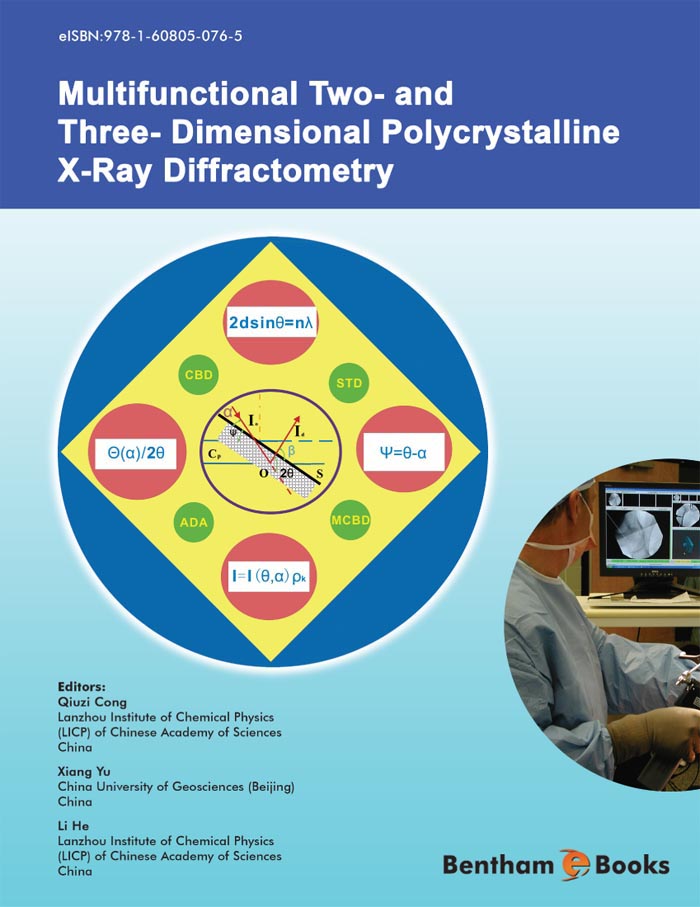Preface
This book covers many aspects of 2D and 3D X-ray diffractometry, through suggesting a rational gist, establishing a set of general mathematical models, and extending multi-operation modes, in order to meet the requirements of providing fingerprints and structure characterizations of various materials. The book tries to form the basis of a modern course of XRD.
This book includes five parts consisting of fifteen chapters. Part I deals with the general concept of properties of X-rays, structure of crystals, essential knowledge of X-ray diffraction, and principles of superposition of wave motions. Conventional X-ray phase analysis methods of oriented specimens are introduced in Part II. Part III based on principles of the asymmetrical Bragg reflection geometry is the focal point of this work; four formulas are constructed including the intensity equation, azimuth-angle equation, a common scan mode, as well as the Bragg equation. The main applications are stated in Part IV, a new so-called weighted-strain breadth combined with the weighted-mean-dimension is introduced for solving size-strain broadening problems, which makes the profile analysis in straight measurements possible. Part V, Development of Diffraction Theories in XRD, summarizes the multifunctional 1D ~3D XRD in real space and describes the resonance effect demonstrated by Bragg's law.
This book lays stress on the X-ray analyses for natural and synthetic materials. The relations between the structure of matter and its diffraction of X-rays are expected to be embodied in a simple principle valid for all materials. This book also bridges the gaps between basic texts and specialist works, non-mathematical major readers can readily know the meaning according to their own research interests and experiences.
The authors gratefully acknowledge the financial support of this book from (i) State Key Laboratory of Solid Lubrication, and State Key Laboratory of Oxo Synthesis & Selective Oxidation, Lanzhou Institute of Chemical Physics, Chinese Academy of Sciences; (ii) Program for New Century Excellent Talents in University (NCET-08-0829); (iii) A Foundation for the Author of National Excellent Doctoral Dissertation of PR China (FANEDD-2009069); (iv) National Natural Science Foundation of China with Grant No. 51071143 and (v) The Fundamental Research Funds for the Central Universities. Professor Liu W.M. and many others have helped us too. Special thanks are due to Professor Jiang T. L. for her careful revision of the manuscript.
Cong Qiuzi, Yu Xiang and He Li





